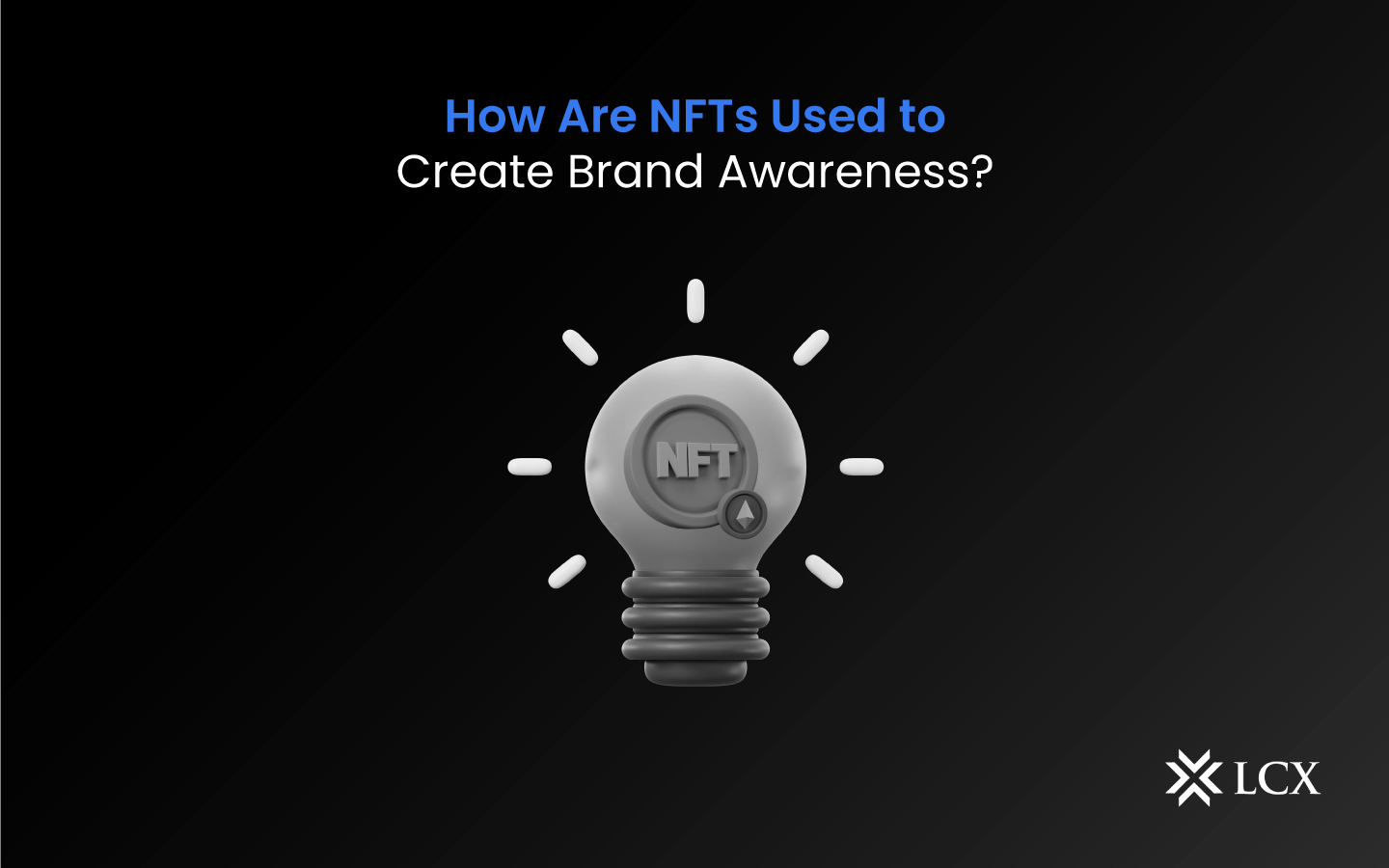NFTs have come to be a game-changer in several fields of art, collectibles, loyalty programs, and events as the entire globe keeps embracing the digital age. Have you ever wondered why NFTs potential is worthwhile? What are they, and how do businesses use them to Create Brand Awareness? It is easy to figure out why well-known and admired brands are completely accepting digital products.
With a projected market value of $80 billion by 2025, the rapid growth of NFTs over the past two years has been extraordinary.Prior to entering the NFT market, it is crucial to develop a strategy that defines the brand’s targets, user base, and expected results. This ensures that NFTs create brand awareness seamlessly integrated into the brand’s existing marketing efforts, thereby fostering a close connection with your customers.
The NFT market is still in its formative stages, and not all companies will benefit from incorporating this technology. Conduct thorough studies to discover if NFTs correspond with the values and objectives of your brand. Brands that have neglected to do so frequently incur financial losses without providing customers with any benefits.

How can NFTs be utilized to build brand awareness?
NFTs create brand awareness in a variety of ways to achieve a variety of objectives. Here are some ways businesses may utilize NFTs potential to increase brand awareness:
- Utilize NFTs to enhance storytelling.
Jack Dorsey, co-founder and former CEO of Twitter, sold his very first message for nearly $3 million. This transaction was one of the major NFT news stories of 2021 that ignited the market’s growth, which reached more than $25 billion in sales.
Because it was the first tweet ever published on the renowned social network for brief messages. In other words, that tweet that anybody can compose in less than 10 seconds is a significant part of Twitter’s history, and someone, somewhere, can take pride in the fact that they own a piece of Twitter’s past. It is the digital equivalent of possessing Mozart’s first composition or the Titanic’s original schematics.
- Use NFTs as rewards in the referral program.
A lot of businesses use referral programs to increase brand recognition and acquire more consumers. A referral program is a marketing strategy that incentivizes current consumers to recommend their connections in return for rewards.
Using tokens as rewards can increase the impact of your referral program. Tokens, as opposed to monetary rewards, can also be used to access special privileges or offers, or to join raffles or contests. Using tokens as rewards has the added benefit of fostering an impression of community among consumers.
- Create NFTs for products and promote them in virtual environments.
NFTs create brand awareness for big brands by actively creating virtual 3D models of their products or promotional goods and selling them on multiple platforms, thereby increasing their brand’s visibility in virtual environments. Users typically purchase these NFTs on the platform with cryptocurrency, thereby acquiring ownership of the digital assets.
The primary advantage of creating digital copies of your products is that you are able to link them with the metaverse, enabling users to display them on their avatars and thus introduce your brand to other metaverse users.
- Create customized digital collections in collaboration with NFT artists.
This strategy, which is in many ways similar to traditional influencer marketing, has been adopted by a growing number of companies. By partnering with renowned NFT creators to produce a set of limited-edition branded NFTs, you stand to gain significant brand exposure. Some NFT musicians are so well-known that everything they create goes universal.
- Collaboration with other brands
NFTs create brand awareness by partnering with other brands that use potential to their advantage, which is one way to increase brand recognition. This can be accomplished in a number of ways, including by working on a marketing effort or generating a co-branded NFT. Typically, when two or more brands collaborate, their combined reach is significantly greater than what any of these individuals could have accomplished on their own. This allows them to bring their businesses and goods to a larger audience. The benefit of collaborating with different businesses is that it allows you to enter new markets. By aligning with a brand that functions in another sector or caters to a separate demographic, you may reach new consumers you would not have been able to capture otherwise.
Conclusion
NFTs potential has proven to be an effective marketing strategy for businesses. With these assets, businesses are able to introduce limited digital collections that captivate followers and provide an interactive experience. They also provide consumers with personalized tokens that can be redeemed for deals, initial access to products and services, or used as passes into virtual environments.
Moreover, by establishing utility NFTs, organizations are able to provide holders with the opportunity to attend exclusive events and opportunities for guidance with the company itself, thereby enhancing customer engagement. Thus, it is evident that integrating NFT technology into business marketing strategies has many advantages.









